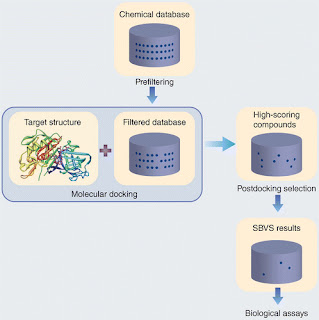The Clydes Flipr Assay
The Clydes flipr assay is a versatile assay for detecting agonists, antagonists, and allosteric modulators. A compound of screening interest is first added to a cell containing FLIPR. This response is monitored by measuring the calcium flux. A small amount of a known agonist produces about 10% to 90% of the maximum response. The maximal concentration of the known agonist is then added. The cell will be stimulated to detect antagonism.
Clydes McBride
The Clydes McBride flipr assay used to evaluate the electrophysiological properties of cardiac drugs. This test can help researchers understand how drugs affect heart rhythms and prevent late stage failure. This test can be performed within two weeks. However, the method has several limitations. Among these limitations is that it is not a reliable predictor of drug effects. To solve this problem, the Clydes McBride flipr assay has been developed.
Lola's family
In "Frozen: The Series", Lola is a character from the Disney animated series "Frozen." She is a young woman who wants to live with her grandmother and has a psychic gift when it comes to fashion. Her father, Harold, has a weakness for lamps, and she thinks that she can make her family's dinner more delicious by cooking it for them. Despite her reluctance, Lola decides to use the assay tomorrow to test her cooking skills.
GPCR activation
The Clydes flipr assay for G-protein-coupled receptors (GPCRs) is a quantitative method for measuring the degree of activation. GPCRs are known to activate multiple signal transduction pathways. Cross-talk between these pathways can complicate responses to compounds. Therefore, it is important to perform secondary screens against parent cell lines that lack the receptor of interest. After conducting a primary screen, clones with a robust response should be selected for further evaluation.
Reproducibility
A standardized method of cell culture has been developed to assess the reproducibility of the Clydes flipr assay. The assay can be run on a variety of cell lines and at various temperatures. The use of poly-D lysine coated plates can improve results in some cell lines. Several factors affect the reproducibility of the assay, including the tip height and dispense speed.
DMSO
The method to use DMSO for Clydes flipr analysis involves superfusing DMSO into a cuvette and measuring twitch tension, rest tension, time to peak tension, and half relaxation time. The experiments were carried out after a stabilization period of 20-40 min. During the test, 15 twitch tensions were collected in the steady-state state. In addition, ORM-11372 in Tyrode's solution was superfused into the cuvette for 15 min, after which the concentration was measured and compared to the baseline values.
Detection of negative inotropy
Detection of negative inotropies in cardiac myocytes has been challenging for years, but Clyde Biosciences has developed an assay that addresses the problem in a completely new way. This new method uses human cardiomyocytes, and was validated by the FDA and large pharmaceutical companies. The company has been developing next-generation assays for negative inotropy, pro arrhythmic risk, and excitation-coupling voltage.
Electrical conduction alterations
In vitro cardiomyocyte safety testing is a critical component in assessing cardiovascular risks associated with drugs. Clydes Biosciences has a proven track record for developing and validating next generation assays for proarrhythmic and negative inotropy. The company has recently published an assay to assess voltage and excitation coupling in parallel. In addition, Clyde's flipr assay is able to determine whether drugs alter conduction in a wide range of cardiac diseases, including ischemic heart disease and hypertension.


.jpg)
.jpg)


Comments
Post a Comment